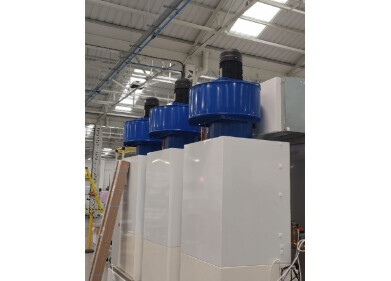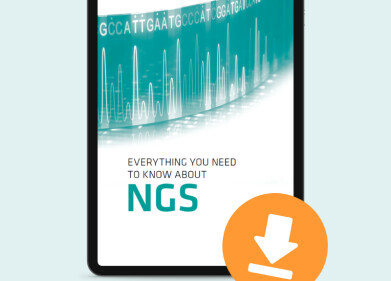Laboratory Products
Can You Control Alcohol Intake Through the Brain?
Jan 23 2020
In a breakthrough finding from the University of North Carolina (UNC) School of Medicine, a team of scientists have discovered a key neural circuit that could be used to regulate alcohol consumption. During initial trials, scientists discovered that altering a region of the brain called the central nucleus of the amygdala (CeA) caused animals to drink less alcohol.
The CeA is associated with behaviours linked to alcohol consumption, a role that researchers at UNC hoped to explore in more detail. They found that certain neurons in the CeA influence reward-like behaviours, including alcohol consumption. Findings were published in the Journal of Neuroscience, with the team asserting the study could have a significant impact on addiction research.
"The fact that these neurons promote reward-like behaviour, that extremely low levels of alcohol consumption activate these cells, and that activation of these neurons drive alcohol drinking in animals without extensive prior drinking experience suggests that they may be important for early alcohol use and reward," says Zoe McElligott, PhD, senior author of the study and assistant professor of psychiatry and pharmacology.
Scientists investigate transition from casual drinking to alcoholism
"It's our hope that by understanding the function of this circuit, we can better predict what happens in the brains of people who transition from casual alcohol use to subsequent abuse of alcohol, and the development of alcohol use disorders."
McElligott and her team set out to explore whether neurons that express certain neuropeptides, either neurotensin or NTS, contribute to alcohol consumption. Using advanced genetic and viral technologies, McElligott and her colleagues analysed the neural activity of male mice. The team were particularly interested in the activity of neurons for inexperienced alcohol users. They found that selectively removing or damaging NTS neurons in the CeA facilitated less alcohol consumption in mice.
"We found that these NTS neurons in the CeA send a strong projection to the hindbrain, where they inhibit the parabrachial nucleus, near the brainstem," explains McElligott.
Neuron stimulation linked to excessive drinking
The team then used optogenetics to stimulate CeA-NTS neurons when the mice spent time in a certain area of their cage. They found the rodents actively sought out CeA-NTS neuron stimulation, behaviour that suggests they consider it a reward. During stimulation, the team noticed the mice would drink more alcohol. McElligott explains that when compared to behaviours towards other beverages, the results suggest certain neural circuits can influence alcohol consumption.
"In contrast to our study where we ablated the NTS neurons, laser stimulation of this parabrachial pathway also caused the animals to consume caloric and non-caloric sweetened beverages," says McElligott. "When the animals were presented with regular food and a sweet food, however, laser stimulation did not enhance the consumption regardless of the mouse's hunger state. This suggests that different circuits may regulate the consumption of rewarding fluids and solids."
From addiction research to flavour and integrity, alcohol is the focus on many scientific studies. For a closer look at how gas chromatography is being used to perfect one of the most popular beverages in the world, don't miss 'The Analysis of Flavours in Beer with ChromSync Software.'
Digital Edition
Lab Asia 31.2 April 2024
April 2024
In This Edition Chromatography Articles - Approaches to troubleshooting an SPE method for the analysis of oligonucleotides (pt i) - High-precision liquid flow processes demand full fluidic c...
View all digital editions
Events
Apr 22 2024 Marrakech, Morroco
Making Pharmaceuticals Exhibition & Conference
Apr 23 2024 Coventry, UK
Apr 23 2024 Kintex, South Korea
Apr 23 2024 Seoul, South Korea
Apr 24 2024 Jakarta, Indonesia

.jpg)






.jpg)









